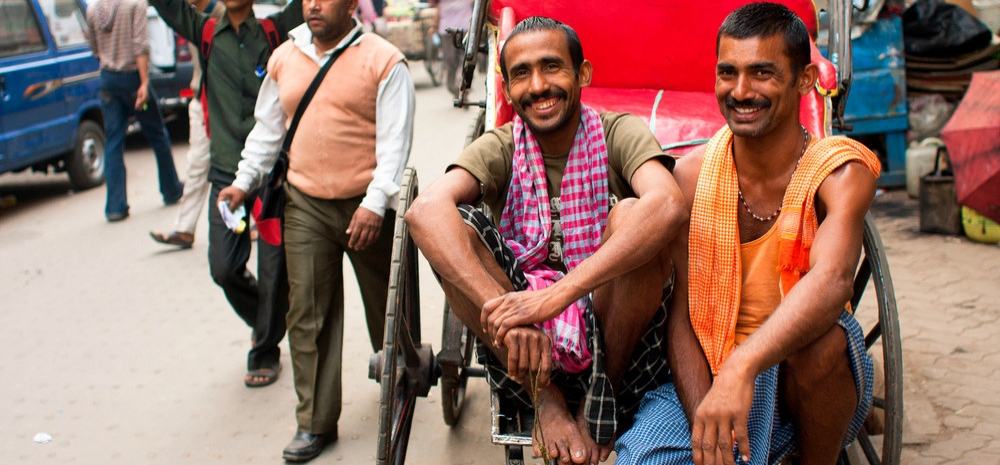The gap between India’s richest and poorest is widening more, together with the wealth.

According to Oxfam India’s latest report called the ‘Survival of the Richest: The India Story’, from 2012 to 2021, the wealth owned by the top 1% richest people in India constitute over 40% of the total wealth created in India, while only 35 of the country’s wealth belongs to the bottom 50% in India.
The report was released on the first day of the World Economic Forum 2023 in Davos, starting Monday, January 16. It reveals that the total number of billionaires in the country rose from 102 to 166 in two years in 2022.
The cumulative wealth of the country’s richest 100 individuals touched the $660 billion mark, which aggregates to nearly Rs 54.12 lakh crore. To get context, the amount of this size would fund the entire Union Budget for over 18 months.
“Roughly 19% of the Indian billionaires come from the private healthcare and pharmaceutical industry, which was greatly boosted following the onset of the COVID-19 pandemic. In 2020 itself, there were seven new billionaires in the healthcare and pharma industry, with their combined wealth reaching Rs 4.3 lakh crore by early 2021,” the report added.
The report also underlines that the Union Government continues to tax the poor and middle class more than the rich and ultra-rich’s.
The bottom 50% wealthy Indians contributed 64% of the total Rs 14.83 lakh crore in GST in the year 2021-22, while only 3% of the GST contribution in the year came from the top 10%.
The report added that the bottom 50% of the wealth pool in India pays six times more on indirect taxes as a percentage of income compared to the top 10%.
“The Finance Minister must especially raise taxes on capital gains, which are subject to lower tax rates than other forms of income. And also implement inheritance, property, and land taxes, as well as net wealth taxes,” the Oxfam India report reads.













